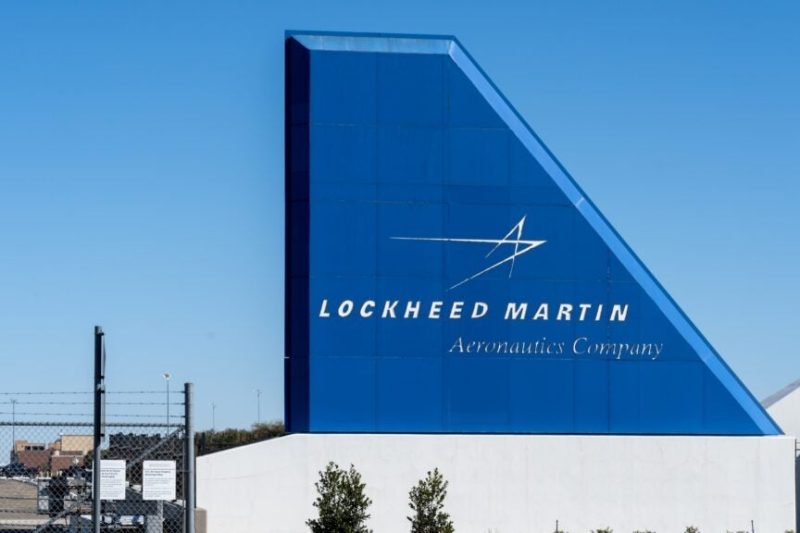
Lockheed Martin is throwing a curveball into the next-generation fighter jet race. Following Boeing’s win with their F-47 sixth-generation fighter, Lockheed Martin is responding with a strategic upgrade to their existing F-35, aiming to deliver a significant portion of the F-47’s capabilities at a fraction of the cost. This innovative approach involves integrating cutting-edge, sixth-generation technologies into the already established F-35 platform.
Lockheed Martin CEO Jim Taiclet recently revealed strong interest from the Pentagon in this enhanced F-35 concept. The plan is to leverage existing infrastructure and production lines, significantly reducing development costs and timelines. Taiclet’s comments highlight the Pentagon’s active engagement at the highest levels, suggesting a serious consideration of this cost-effective alternative.
The proposed upgrade includes significant improvements across various aspects of the F-35’s performance. This includes advanced stealth coatings to enhance survivability, upgraded weaponry to increase combat effectiveness, and next-generation engines to boost performance and range. The goal is ambitious: achieving approximately 80% of the F-47’s capabilities while keeping costs down to about half.
This strategic move could save the Department of Defense billions of dollars, considering the potential upgrade of between 1,000 and 1,500 of the 2,300 F-35s already on order. This is a significant shift in strategy, showcasing Lockheed Martin’s ability to adapt and innovate in the face of competition. It’s also noteworthy that Lockheed’s stock experienced an 8% rebound following the loss of a previous contract in March.
Furthermore, Lockheed Martin’s Skunk Works division has partnered with BAE Systems on developing autonomous air systems. This collaboration expands their unmanned warfare capabilities, offering another avenue for technological advancement beyond the F-35 upgrade. The impact of this strategy on the broader aerospace industry remains to be seen, as evidenced by the mixed performance of Aerospace ETFs following the news. The SPDR S&P Aerospace & Defense ETF (XAR) saw a slight increase, while the Invesco Aerospace & Defense ETF (PPA) experienced a minor decrease.
The Lockheed Martin counter-strategy presents a compelling case for a cost-effective approach to acquiring sixth-generation capabilities. Whether this strategy will ultimately challenge Boeing’s dominance in the sixth-generation fighter market remains to be seen, but it certainly adds a fascinating new dimension to the ongoing competition.










